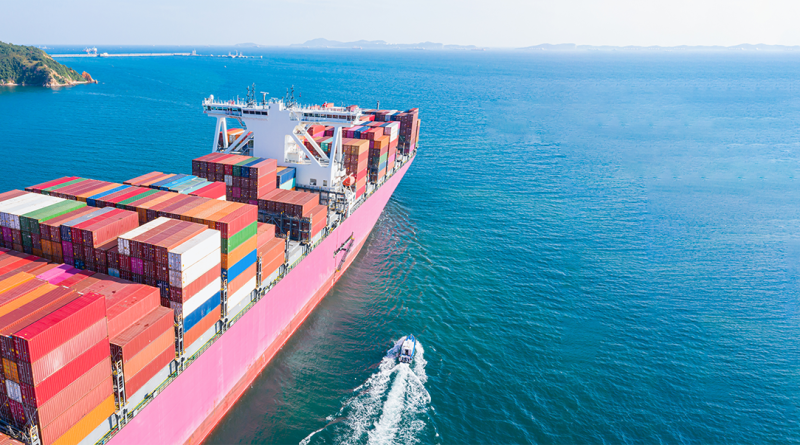How Federal Funding is Reimagining America’s Port Infrastructure
The US Department of Transportation’s Maritime Administration (MARAD) sets its sights on infrastructure with the announcement of a $500 million Notice of Funding Opportunity through the Port Infrastructure Development Program (PIDP). This strategic move is not merely a financial allocation; it’s a pledge to enhance the very arteries of American commerce and trade. As ports serve as the backbone of the US economy, facilitating the seamless flow of goods both domestically and internationally, this funding is a step towards not only modernizing infrastructure but also fortifying the nation’s economic resilience. As of yet, it is unclear how the PIDP program will be impacted by the developing Baltimore bridge collapse story.
The Port Infrastructure Development Program (PIDP): Steering Towards Modernization
At its core, the PIDP embodies a vision for a more efficient, safe, and reliable maritime sector. With a generous fund of $500 million for the fiscal year 2024, the program is designed to support a wide range of port and port-related infrastructure projects. Eligible entities, including port authorities, state and local governments, and indigenous tribal nations, are invited to tap into this opportunity to bring their infrastructure projects to life. Managed by MARAD, these grants aim to address critical needs within urban, rural, and tribal communities, ensuring a balanced approach to development across the nation’s diverse landscape.
The infusion of federal funds into port infrastructure is set to unleash a myriad of benefits across various communities. Urban areas, often plagued by congestion and inefficiencies, will see improvements in the movement of goods, enhancing local economies and creating jobs. Rural and tribal communities, on the other hand, will gain better access to national and international trade routes, opening up new avenues for economic development. This strategic investment acknowledges the unique challenges and opportunities within each community, ensuring that the benefits of modernized port infrastructure are felt far and wide.
Case Studies: Charting the Course of Success
The transformative power of federal funding in port upgrades can be best understood through real-life success stories. One such example is the Port of Brownsville in Texas, which, with the aid of previous rounds of PIDP funding, has significantly enhanced its operational efficiency and capacity. These upgrades have not only bolstered the port’s role in international trade but also contributed to regional economic growth and job creation. Such case studies underscore the tangible impacts of investing in maritime infrastructure, providing a roadmap for future projects under the PIDP.
Sailing into a Future of Prosperity
As the US embarks on this ambitious journey to modernize its ports, the horizon looks promising. Industry experts and stakeholders view the PIDP funding as a critical catalyst for long-term growth and competitiveness in the global maritime arena. By prioritizing infrastructure investment today, the US sets the stage for a future where its ports are not just points of transit but hubs of innovation, sustainability, and economic prosperity. As these projects unfold, the ripple effects of improved safety, efficiency, and connectivity will be felt across the nation, steering the US towards a future where its maritime infrastructure is second to none.
Sources:
- Baird Maritime article on US Transportation Department’s funding announcement
- MARAD’s official website for PIDP program details
- Grants.gov for NOFO details
